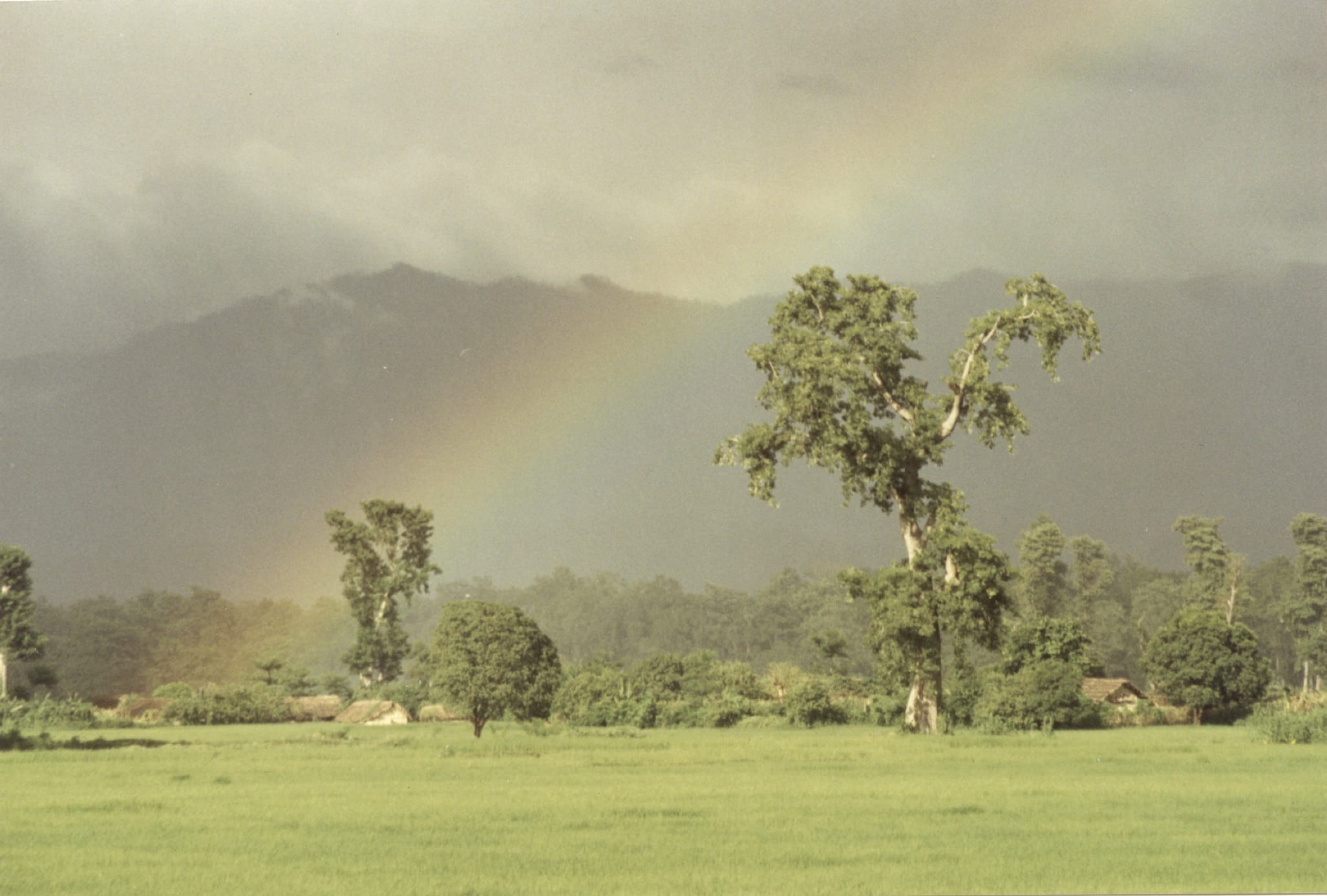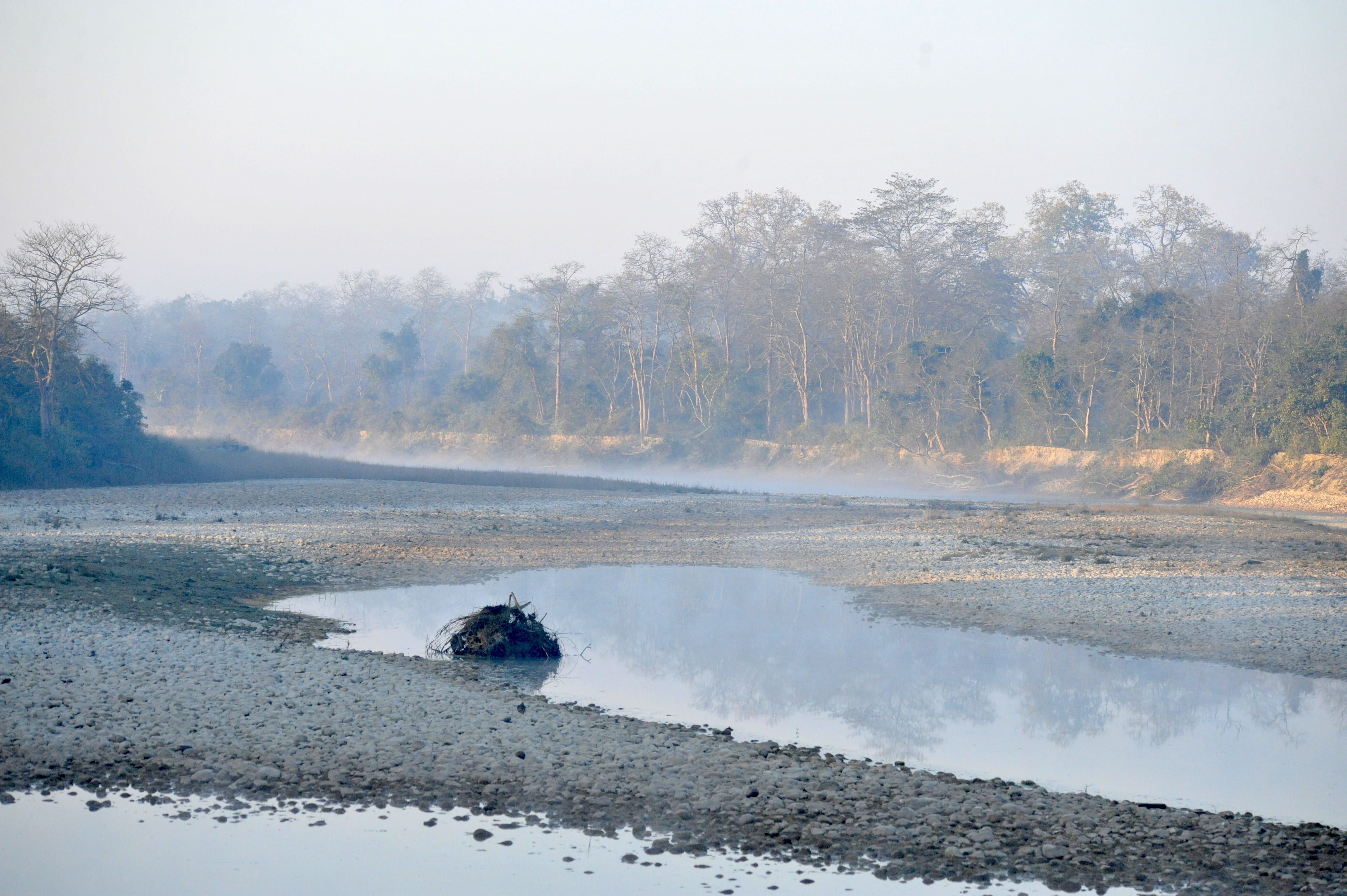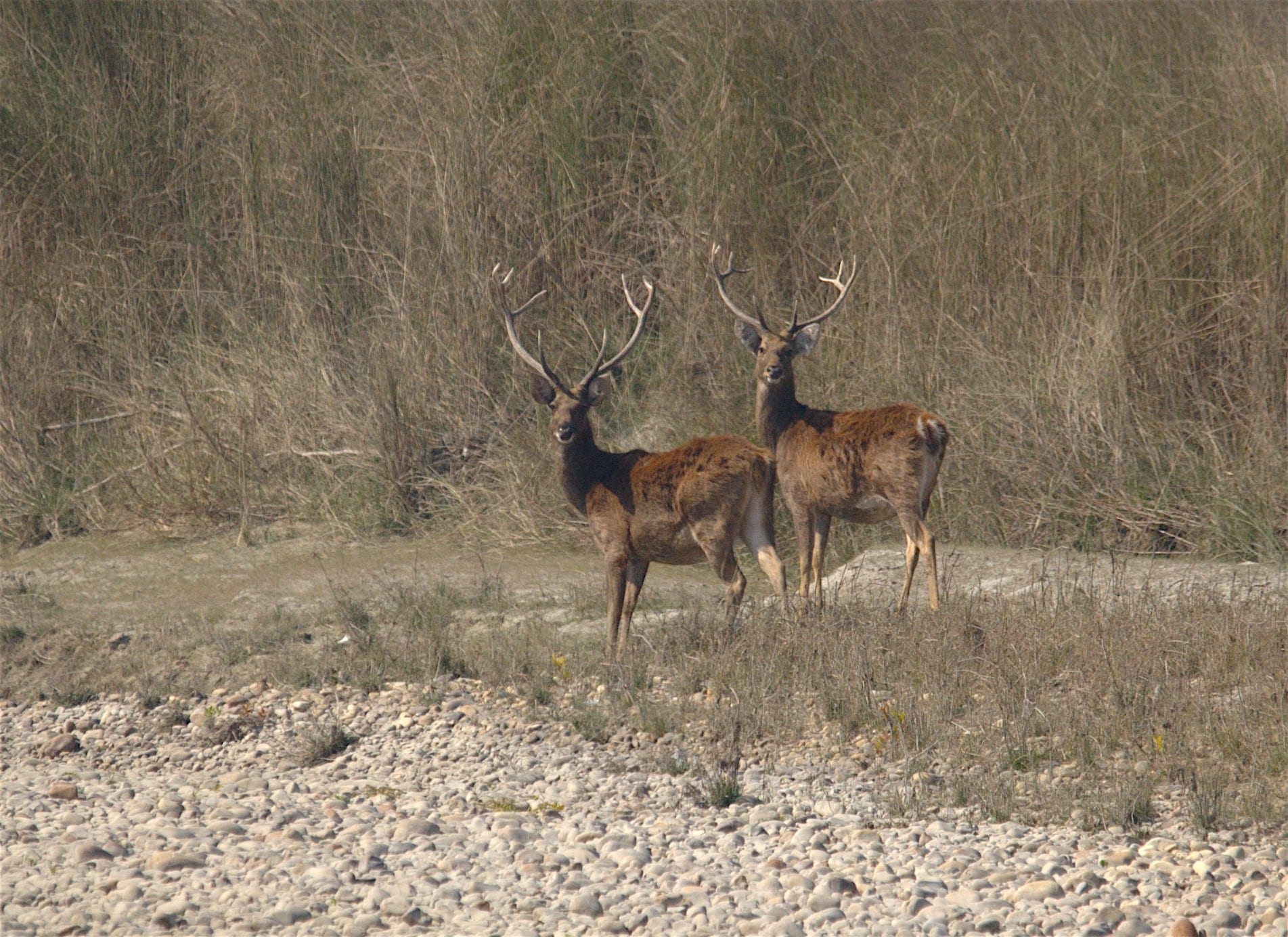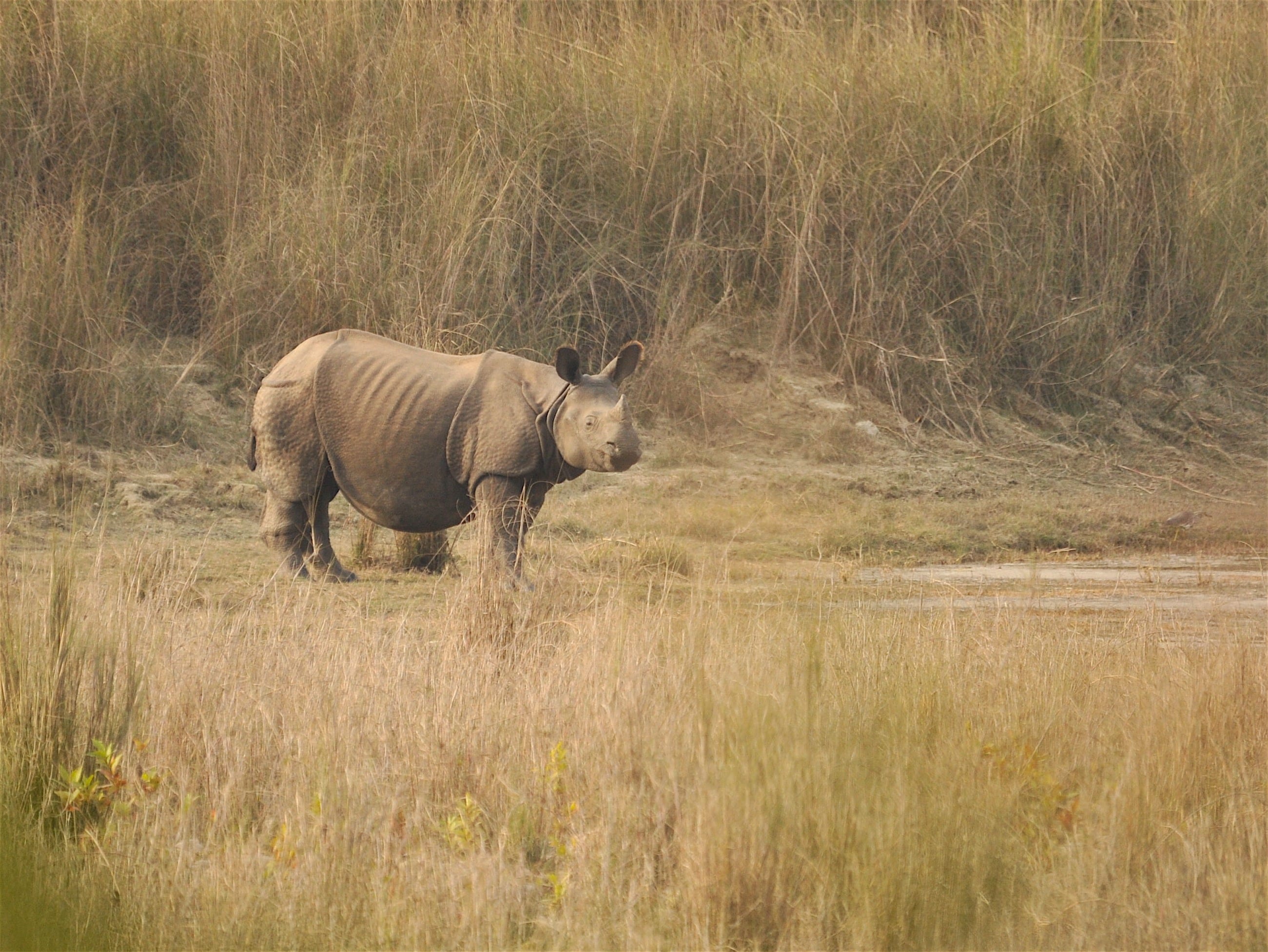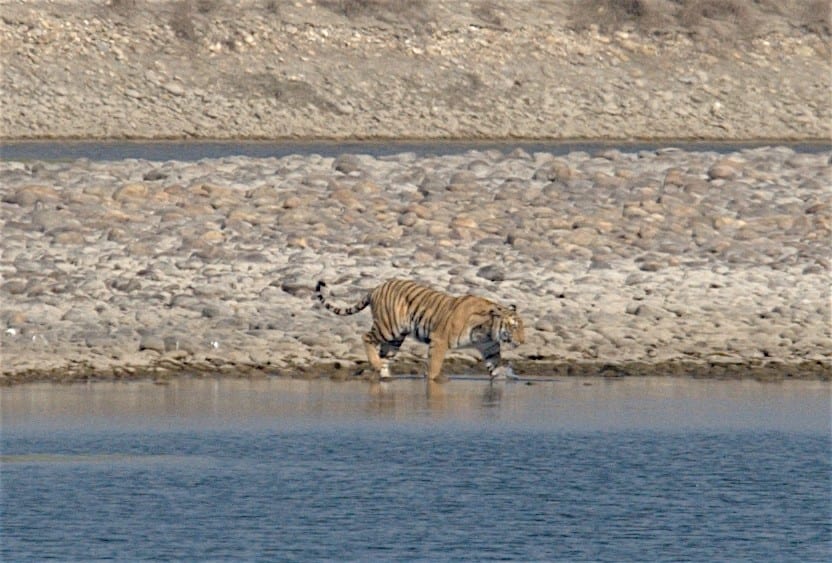Retreading the Tiger Trail: A Return to Bardia National Park, Nepal
On a sweltering monsoon afternoon in September 1994, I stepped out from a garish-painted bus in western Nepal, the driver pointing me south along a rough track threading off between vibrant green rice fields. At twenty years old, and on my summer break from veterinary school, I’d opted to backpack my way across the Indian subcontinent looking for adventure. With my fixation for wildlife, and tigers in particular, I’d been undeterred by the news that the great Indian tiger reserves were closed for the wet season, heading instead for a newly-opened border post in remote western Nepal. Established just six years earlier, Nepal’s Bardia National Park warranted just a few lines in my guidebook, but crucially mentioned that access was possible even during the high waters of the monsoon.
After several miles walk I reached the sleepy village of Thakurdwara and was pointed to a basic mud brick building that served as the only budget accommodation for the rare visitor to the park. Several hours later, in the darkness of the early hours, I awoke to an urgent chorus from the black looming forest that ringed the village. Sharp barks of alarm from hidden spotted deer, or chital, that intensified to a crescendo – only to be cowed by the victorious bellow of a baying tiger.
By dawn I was electric with excitement! Together with my guide (a young lad of the same age as me), we waded across the chest-high river that bounded the park and set out into the forest. With the first rays of sun the shadows retreated to a chorus of birdsong. Vivid green parakeets cannoned overhead, and small groups of deer stepped nervously through the undergrowth. I barely knew where to look first, I was so distracted by the sights and the sounds. But my guide knew better, and his senses prickled knowing that something else was on the move.
Stepping out beyond the trees onto a road framed by towering elephant grass, two chital stood frozen barely fifty yards away. Their ears pivoting, they looked both toward us and back on down the trail, before taking their leave and stepping off into the grass. With that, time slipped as a familiar orange form emerged from cover, fixing us with a stare – irritated by a hunt interrupted. I couldn’t say how long it lasted – my first encounter with a tiger – but that image of her dark rimmed eyes framed in white left an indelible mark on me that remains to this day.
Nearly a quarter of a century later, it was with some trepidation that I returned to Bardia. That first trip had been so personal, such a mythical experience, that my thoughts had drifted back to it regularly over the years. My mental film reel included not just the tiger, but the rhino that chased me up a tree, and the encounter with an elephant in the forest at night. Surely a return risked breaking a spell, tarnishing an experience I have carried into a career with wildlife, a youthful adventure that ultimately brought me to work on the health of wild tigers themselves?
The intervening years had brought considerable change. Although still comparatively remote, Thakurdwara now bustles with life, its pulse now hitched to a knot of hotels and guided jungle walks. These days the roar of my midnight tiger had been usurped by a new generation, their village drum and bass pounding, speakers cranked-up to distortion.
But the forest was still there, and while I was no longer a solitary visitor, the park’s remoteness still deters the clamour of the selfie-snapping day-trippers that seem to converge on so many of the region’s reserves. The few visitors we encountered seemed content to soak up the scenery and wildlife in quiet appreciation. Together with some friends, I spent several pleasant days exploring the forest on foot along trails soft as flour pressed with the mark of the tiger’s pug. One of my companions got her own tiger initiation, with a tigress emerging from the midmorning heat to cool off in a riverine pool.
That Bardia has changed in the quarter century since my first visit is no surprise. It never was the secret magical place of my memories, but a living breathing landscape, home both to the tigers and also a growing local population. Recent research has shown that Nepal’s parks are a net benefit for local people, adding wealth and opportunity to local economies. Inevitably society’s car horns and boom boxes invade the peace of a once tranquil forest. But who am I to dictate my own aesthetic? …These same people now recognize the value of the landscape and its wildlife, and feel benefits in their own lives. Surely these are the ingredients of wildlife’s future? In today’s Bardia, there are now twice as many tigers as when I visited 24 years ago, and there aren’t many places on Earth that can claim that!
Martin Gilbert is actively fundraising to support field studies to address gaps in our understanding of wild carnivore ecology and disease threats, which are critical to effective conservation.

